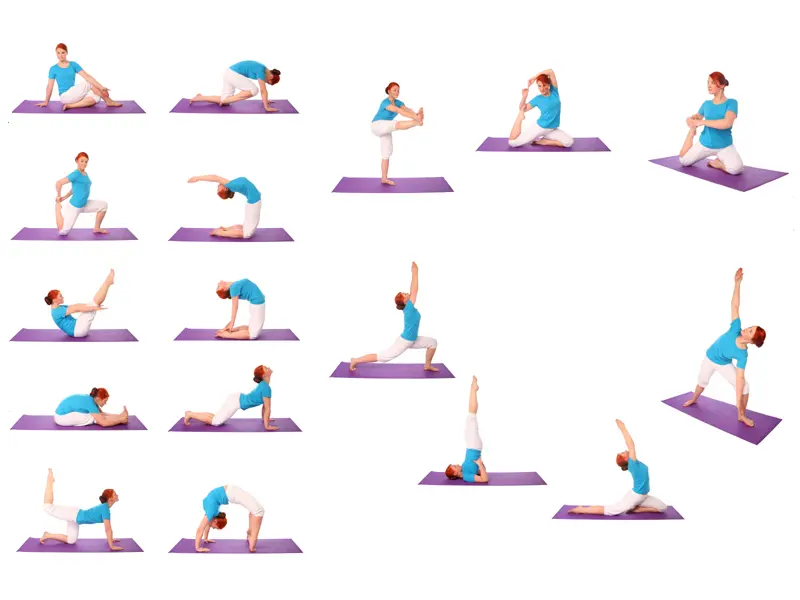Yoga is a mind and body practice with a 5,000-year history in ancient Indian philosophy. There are many different styles of yoga, but they all share some common elements
- Physical postures (asanas): Yoga postures are designed to stretch and strengthen the body, improve flexibility, and promote balance.
- Breathing exercises (pranayama): Yoga breathing exercises help to control the breath, calm the mind, and bring awareness to the body.
- Meditation (dhyana): Meditation is a practice of focusing the mind on a single point, such as the breath or a mantra. It can help to reduce stress, improve focus, and promote relaxation.
Yoga is often described as a holistic practice, meaning that it encompasses the mind, body, and spirit. Yoga can be used to improve physical health, mental health, and spiritual well-being.
Physical Benefits of Yoga
Yoga has been shown to have a number of physical benefits, including:
- Improved flexibility. Yoga postures can help to stretch and lengthen muscles, which can improve flexibility and range of motion.
- Increased strength. Yoga postures can also help to build strength in the muscles, especially the core muscles.
- Reduced pain. Yoga can help to reduce pain in the back, neck, and other parts of the body.
- Improved balance. Yoga can help to improve balance and coordination.
- Weight loss. Yoga can help to burn calories and promote weight loss.
- Improved cardiovascular health. Yoga can help to reduce blood pressure, improve heart rate, and increase circulation.
Mental Benefits of Yoga
Yoga has also been shown to have a number of mental benefits, including:
- Reduced stress. Yoga can help to reduce stress and anxiety by calming the mind and body.
- Improved mood. Yoga can help to improve mood and reduce symptoms of depression.
- Increased focus and concentration. Yoga can help to improve focus and concentration by training the mind to focus on the present moment.
- Improved sleep. Yoga can help to improve sleep quality and reduce insomnia.
- Increased self-awareness. Yoga can help to increase self-awareness and improve body image.
- Spiritual well-being. Yoga can help to promote spiritual well-being by connecting the mind, body, and spirit.
How to Start Practicing Yoga
If you’re interested in starting to practice yoga, there are a few things you should keep in mind:
- Find a qualified instructor. It’s important to find a qualified yoga instructor who can teach you the poses safely and effectively.
- Start slowly. Don’t try to do too much too soon. Start with a beginner’s class and gradually work your way up to more advanced poses.
- Listen to your body. It’s important to listen to your body and not push yourself too hard. If you feel pain, stop the pose and rest.
- Be patient. It takes time to learn yoga and to see the benefits. Be patient with yourself and don’t give up.
Yoga is a great way to improve your physical and mental health. If you’re looking for a way to reduce stress, improve your mood, and boost your overall well-being, yoga is a great option.
Here are some additional tips for getting started with yoga:
- Find a yoga studio or class that is convenient for you.
- Wear comfortable clothing that you can move in easily.
- Bring a yoga mat and water bottle to class.
- Arrive early to class so you can get settled and ask any questions you have.
- Be open to trying new things. There are many different styles of yoga, so find one that you enjoy.
- Listen to your body and don’t push yourself too hard.
- Make yoga a part of your regular routine. The more you practice, the more benefits you will experience.
I hope this essay has given you a better understanding of yoga and its many benefits. If you’re interested in learning more, I encourage you to find a qualified instructor and start practicing today!








